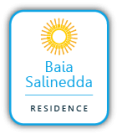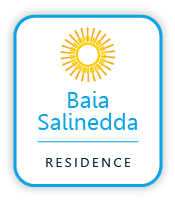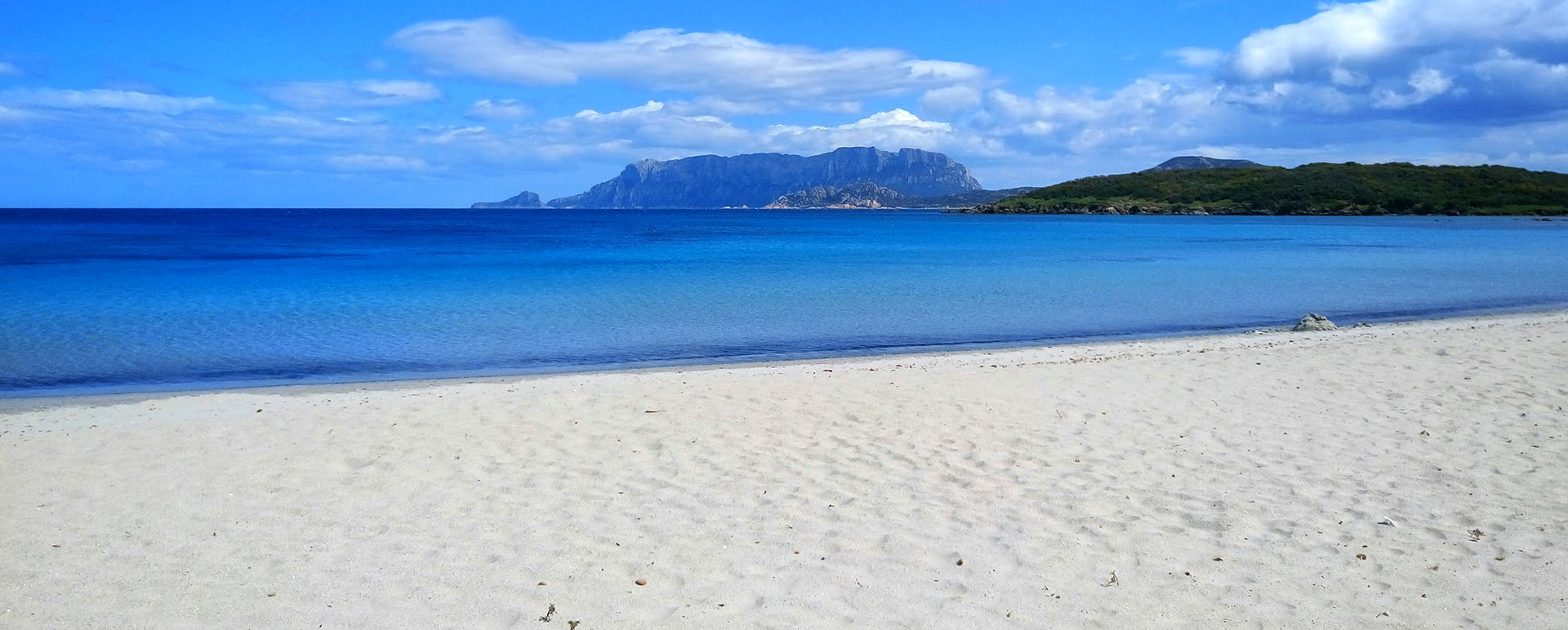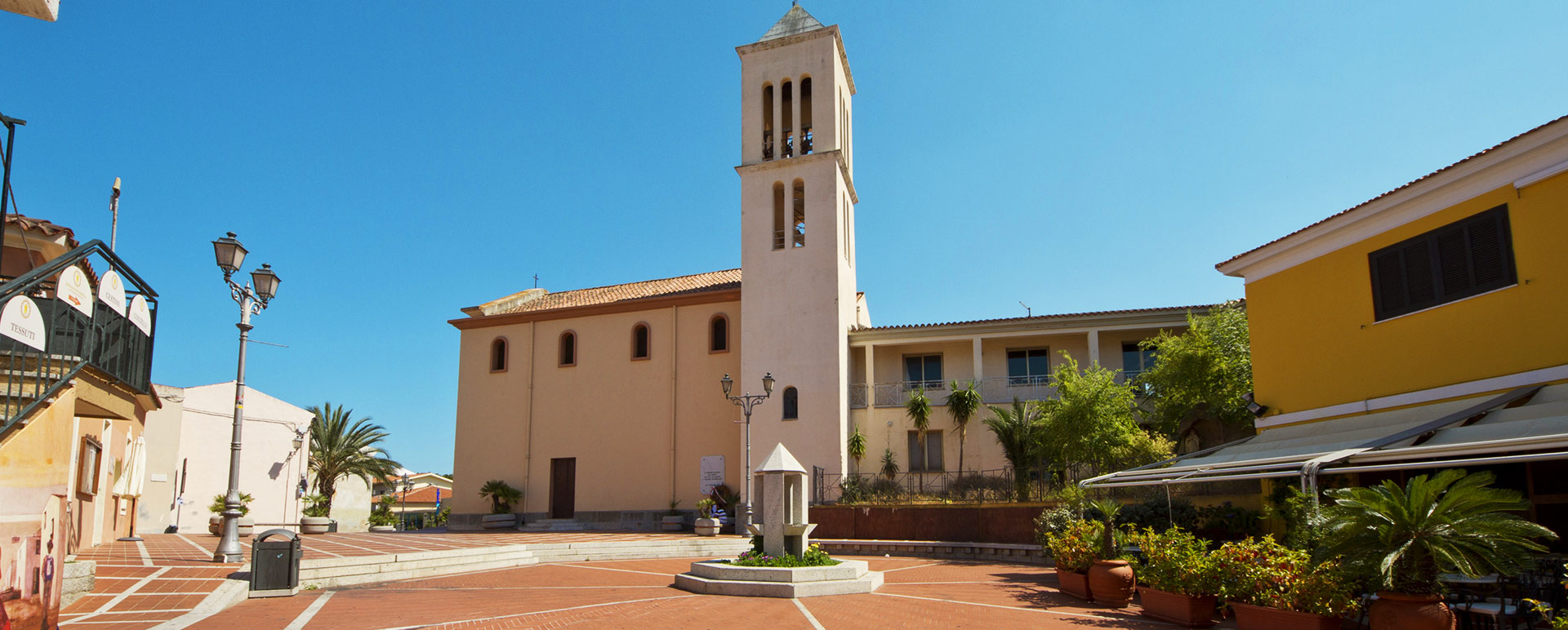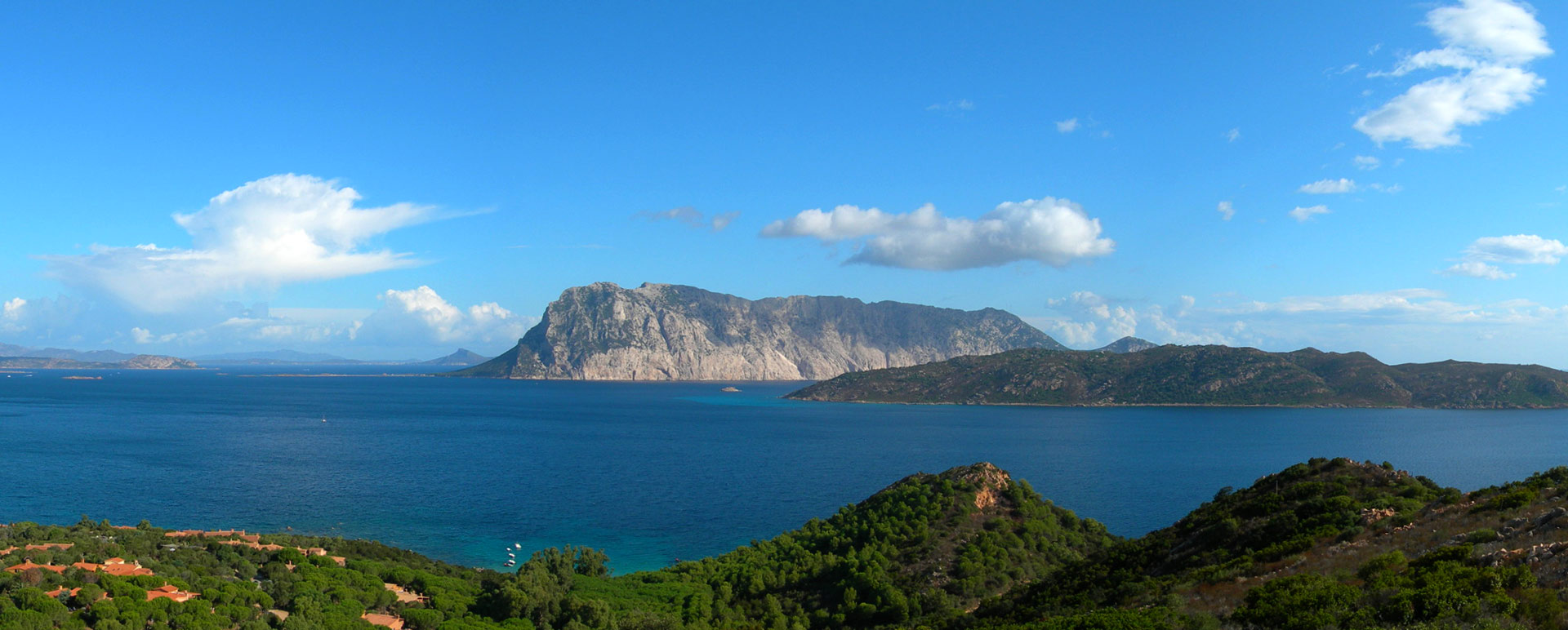Sardinia is an enchanted island in the heart of the Mediterranean. The colours of the sea conjure a unique experience.
You can see all the shades of blue, from sky-blue to the emerald of the crystalline waters as well as the fantastic contrast of the barren red land dotted with bright green Mediterranean scrub.
CAPO CODA CAVALLO BEACHES
On the peninsula of Coda Cavallo, there are seven large beaches and several small ones. The most famous is Brandinchi, also called “Tahiti” for its beauty. Fortunately, over 80% of the territory in Coda Cavallo is still covered by Mediterranean scrub, and protected by environmental restrictions. In the area there are some tourist facilities, hotels and private houses; the closest town is San Teodoro. On the peninsula, just a few houses are built less than 300 metre from the coast.
The peninsula is part of the Marine Protected Area of Tavolara and Coda Cavallo. Although it is frequented mostly in the summer, we recommend a visit in the spring, when blooms and fragrances meet blue sea and desert beaches, and autumn: the days are cooler, but the sea is warm until November.
SAN TEODORO
It is our local Municipality, and it is an important reference point for every requirement, as there are banks, post office, supermarkets, garages, etc. A favourite tourist destination for families, San Teodoro has a permanent population of 4,900 inhabitants, which grows in the summer to 50,000 throughout the area.
The town, bustling in the evening, invites you to the fair that takes place on the third Sunday of June: starting from that date the centre of town is closed to traffic every night until September. As you go for a walk towards the square, you’ll find the handicrafts market, all shops and clubs open until late.
Favoured by its natural resources, chosen by most for its beautiful beaches, San Teodoro is the most important tourist centre of Lower Gallura region and among the top in Sardinia.
TAVOLARA
The Marine Park of the Island Tavolara and Coda Cavallo is an oasis of calm just a few kilometers from the Costa Smeralda.
Tavolara island is an extraordinary limestone massif with white walls overlooking the sea. A small village located near the pier consists of a handful of houses and a cemetery. There are many anecdotes about the King of Tavolara, whose descendant is now the owner of the restaurant. The beach is long and has grainy sand; its edge, stretching to a strip of white sand across the crystal clear water, joins a small islet. Fantastic boat trips can be taken to Tavolara, and we also recommend a visit to the local Film Festival, which has been taking place on the island in the last few years. Ask us for the program of the event and ferries timetable.
MOLARA
The island of Molara, which used to be guarded by an island keeper in the past, is now uninhabited. It is characterized by some of the most beautiful sea floors in Sardinia: the most famous of them, in the area called “Le Piscine di Molara” (Pools of Molara), is a sea floor formed by a bank of white sand in the open sea, which gives the water a transparency without equal.
OLBIA
It is the main arrival point and a link with the continent; during the summer months its port and airport are among the first in Italy for passenger volume. In this period it is common to find a lot of traffic in the evening because of ferries arrivals and departures. Olbia, considered as the capital of Gallura region, is a bustling city; its port has Roman origins. We suggest a visit to its beautiful medieval church in Romanesque style, built in granite, dedicated to the patron of the town, San Simplicio. This Saint is celebrated on May 15th, with many events and opportunities to meet: in the evening Corso Umberto is closed to cars and open to pedestrians.
Sardinia draws you in at first sight. This land, with its vibrant colours and wild beauty surrounded by an almost tropical sea, makes you fall in love as soon as you set foot on it.
The scents are ancient and penetrating; with the mixed scents of the sea and the Mediterranean scrub providing an intense and continually changing array of sensations.
Its beautiful coastline is complemented by an immense cultural heritage comprising rituals, traditions, and ancient crafts that find their purest expression and representation in inland areas.
C Craftsmanship In the area, craftsmen produce a wide range of characteristic articles: objects made of cork, ceramics, handmade baskets, the famous knives of Pattada, white wool hand-woven rugs, coral jewelry.
F Farm holidays In the farms you can taste the real Sardinian cuisine, accompanied by excellent local wines. There are several on the mountains near Padru (20 km); ask us how to get there.
R Restaurants Sardinian cuisine is based on simple ingredients, taking roots in the pastoral and farming tradition: do not miss Carasau bread, Gallurese soup, Malloreddus pasta, Seadas sweets, the local cheese roasted with honey and all the special recipes of roasted meat. We recommend a dinner at the restaurant of a farm holidays centre; or you can choose between restaurants and pizzerias of every type and price. Ask us for advice.
Museums
We suggest a visit to the Archaeological Museum A.G. Sanna in Sassari, the Ethnographic Museum in Nuoro and the Garibaldi Museum on Caprera Island, inside the building that was once home of Garibaldi. A small Sea Museum is located in San Teodoro; please contact the local tourist office for a visit.
Nuraghe
Nuraghe are towering stone buildings, witnesses of a mysterious Neolithic civilization not yet fully revealed. Along the roads, you will often find the indications to reach them. Tiscali’s Nuraghe, in Dorgali’s Supramonte, is the most famous in the area. Easy to get to is Tomba dei Giganti (Tomb of the Giants) in Arzachena. Other interesting sites are Terralba (Sassari), Macomer (Nuoro), Abbasanta (Oristano), Barrumini (Cagliari).
Its location in the heart of the Mediterranean Sea has favoured trade and cultural relations since ancient times, as well as economic, military and strategic interests.
In the modern era many travellers and writers have extolled the beauty of Sardinia, immersed in a pristine environment and landscape that is home to the remains of Nuraghic civilisation.
